L&F to supply ultra-high nickel cathodes to Korean, US EV makers
LG Chem and POSCO Future M, meanwhile, are focusing on mid-nickel batteries, with nickel content of up to 60%
By Nov 03, 2024 (Gmt+09:00)
LG Chem to sell water filter business to Glenwood PE for $692 million


KT&G eyes overseas M&A after rejecting activist fund's offer


Kyobo Life poised to buy Japan’s SBI Group-owned savings bank


StockX in merger talks with Naver’s online reseller Kream


Meritz backs half of ex-manager’s $210 mn hedge fund


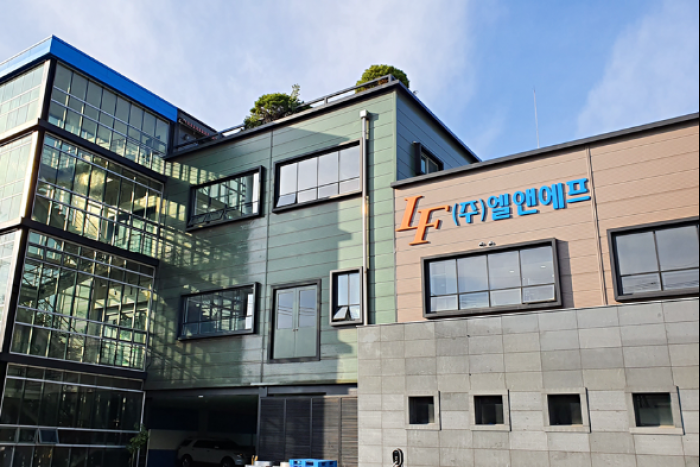
South Korea’s leading battery materials maker L&F Co. plans to begin mass production of nickel-cobalt-manganese (NCM) battery cathodes with 95% nickel content – the highest nickel content for such a battery type – in December.
L&F will begin supplying NCM cathodes with 95% nickel content to Korean battery cell makers and US electric vehicle makers next month, people familiar with the matter said on Sunday.
L&F is the industry's first to achieve such high-density nickel content in cathodes, which make up the positive end of a lithium-ion battery, sources said.
Ultra-high-nickel battery cells are critical to future mobility technologies such as full self-driving and in-vehicle front displays.
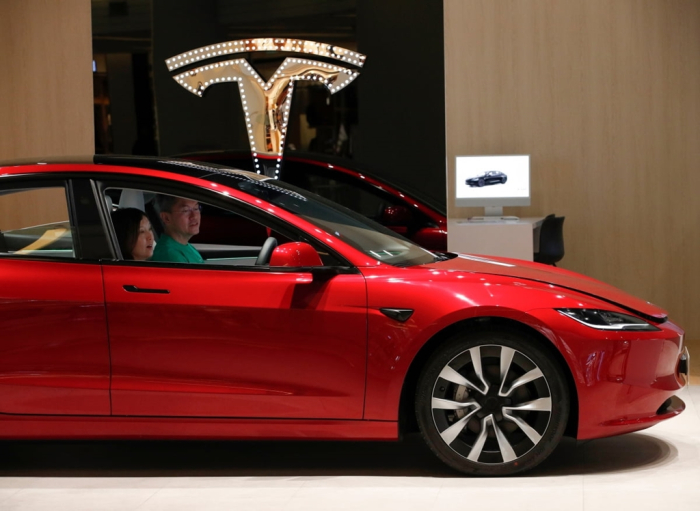
Sources said L&F’s move to mass-produce ultra-high-nickel cathodes is part of its business strategy to set it apart from Chinese battery materials makers, which focus on lithium iron phosphate (LFP) cathodes, widely used in batteries for low-end EVs.
L&F counts Tesla Inc. as well as Korea’s top three battery makers – LG Energy Solution Ltd., SK On Co. and Samsung SDI Co. – among its major clients.
TESLA’S CYBERCAB
L&F has already commercialized high-nickel cathode materials with over 90% nickel content, supplying batteries in partnership with LG Energy Solution to clients such as General Motors Co.
“Korean battery companies excel at high-nickel batteries – a key differentiator from their Chinese rivals, which have yet to catch up,” said a battery industry official.
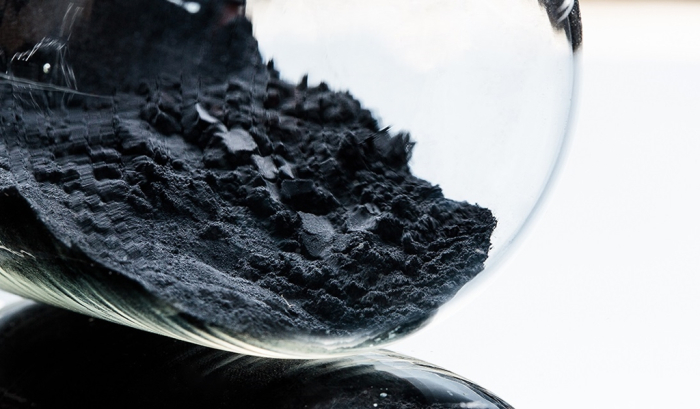
Tesla recently unveiled its autonomous robotaxi, the Cybercab, and plans to mass-produce them starting in 2026 or 2027. AI-equipped autonomous vehicles are expected to require substantial power, potentially making them "electricity guzzlers,” according to industry officials.
L&F is said to be working to eventually produce NCM battery cathodes with 97% nickel content.
L&F’s crosstown rival, EcoPro BM Co., is trailing closely behind, reportedly closing in on mass production of cathode materials with 94% nickel content.
Cathode materials are made up of nickel, lithium and other materials, and account for about 40% of the cost of EV batteries.
In addition to NCM cathodes with high-nickel content, L&F is also capable of producing nickel-cobalt-manganese-aluminum (NCMA) cathodes.
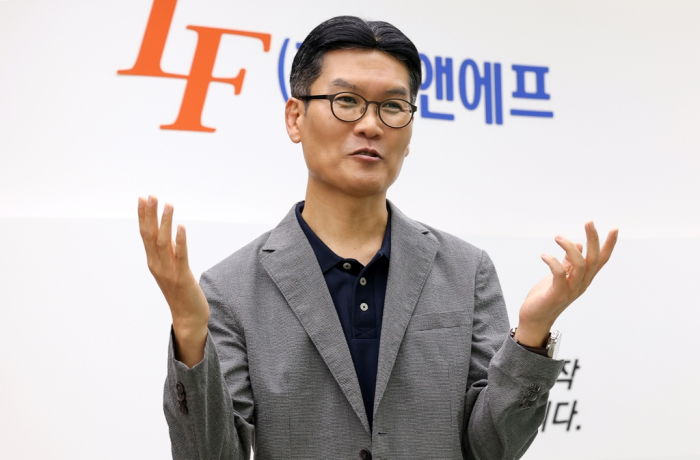
MID-NICKEL BATTERIES
LG Chem Ltd., the parent of LG Energy Solution, is reportedly focusing on mid-nickel batteries with nickel content between 40% and 60%.
While these batteries have lower energy density, they are more cost-effective, industry officials said.
POSCO Future M Co., formerly POSCO Chemical Co., is also working closely with Hyundai Motor Co. to commercialize mid-nickel cathodes.
Some analysts, however, expressed concerns over Korean battery materials makers’ move to mass-produce high-nickel cathodes.
If the current EV uptake slowdown is protracted or the advent of the autonomous driving era is delayed, battery materials makers such as L&F and EcoPro will face significant challenges to their future business.
L&F and EcoPro posted operating losses of 72.4 billion won ($52.4 million) and 41.2 billion won, respectively, in the third quarter.
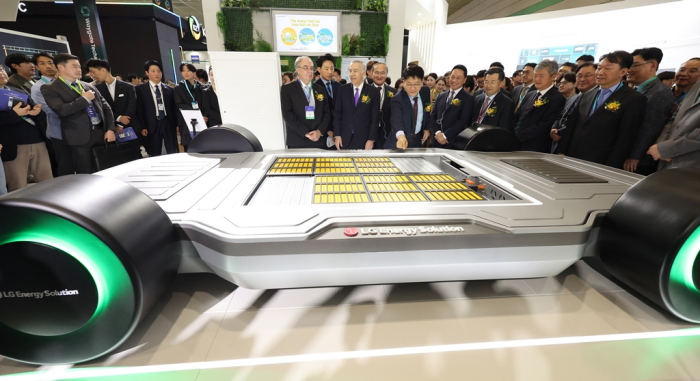
With a firm footing in the cathode segment, L&F is also setting its sights on another key battery component, the anode, L&F Chief Executive Choi Su-an said in an interview with The Korea Economic Daily.
Lithium-ion cells contain four key components: cathodes, anodes, separators and electrolytes.
Cathode-active materials comprise about 40% of the cost of EV batteries while anodes account for around 15%.
L&F said in a public disclosure with Korea’s financial regulatory body in February 2023 that it had clinched a $2.91 billion deal to supply cathodes to Tesla.
Under the deal, L&F will provide high-nickel cathode to Tesla and its affiliates for two years, from Jan. 1, 2024 through Dec. 31, 2025.
LFP BATTERIES
In July, LG Energy, the world’s No. 2 battery maker, said it clinched a multi-billion-dollar deal to supply LFP batteries for low-end EVs to Renault Group’s EV unit Ampere.
Korea’s three leading battery makers have concentrated on expensive NCM cells. But they are now shifting gears to also produce low-end LFP cells on growing demand from Tesla Inc. and other major EV makers.
LFP batteries are mostly made by Chinese companies such as Contemporary Amperex Technology Co. Ltd. (CATL), the world’s top battery maker, and BYD Co.
LFP cells have a lower energy density but are cheaper to produce than other types such as NCM batteries, and thus more suitable for low-end EV models. LFP batteries are also more stable, making them less susceptible to fire.
Write to Sang Hoon Sung at Uphoon@hankyung.com
In-Soo Nam edited this article.
-
 BatteriesLG Energy signs multi-billion-dollar LFP battery deal with Renault
BatteriesLG Energy signs multi-billion-dollar LFP battery deal with RenaultJul 02, 2024 (Gmt+09:00)
3 Min read -
 BatteriesSodium-ion batteries emerge as alternative to lithium, LFP batteries
BatteriesSodium-ion batteries emerge as alternative to lithium, LFP batteriesNov 27, 2023 (Gmt+09:00)
3 Min read -
 BatteriesLG Energy to produce 4680 batteries in August for Tesla, others: CEO
BatteriesLG Energy to produce 4680 batteries in August for Tesla, others: CEOFeb 15, 2024 (Gmt+09:00)
4 Min read -
 EarningsHyundai Motor, Kia: S.Korea’s highest earners, Tesla’s biggest rival in US
EarningsHyundai Motor, Kia: S.Korea’s highest earners, Tesla’s biggest rival in USJan 25, 2024 (Gmt+09:00)
5 Min read -
 BatteriesKorean firms fret over growing adoption of Chinese LFP batteries
BatteriesKorean firms fret over growing adoption of Chinese LFP batteriesAug 28, 2023 (Gmt+09:00)
4 Min read -
 BatteriesKorea’s cathode supplier L&F aims to make it big with anodes: CEO
BatteriesKorea’s cathode supplier L&F aims to make it big with anodes: CEOJun 11, 2023 (Gmt+09:00)
4 Min read -
 BatteriesKorea’s L&F in $2.9 billion deal to supply battery material to Tesla
BatteriesKorea’s L&F in $2.9 billion deal to supply battery material to TeslaFeb 28, 2023 (Gmt+09:00)
1 Min read


